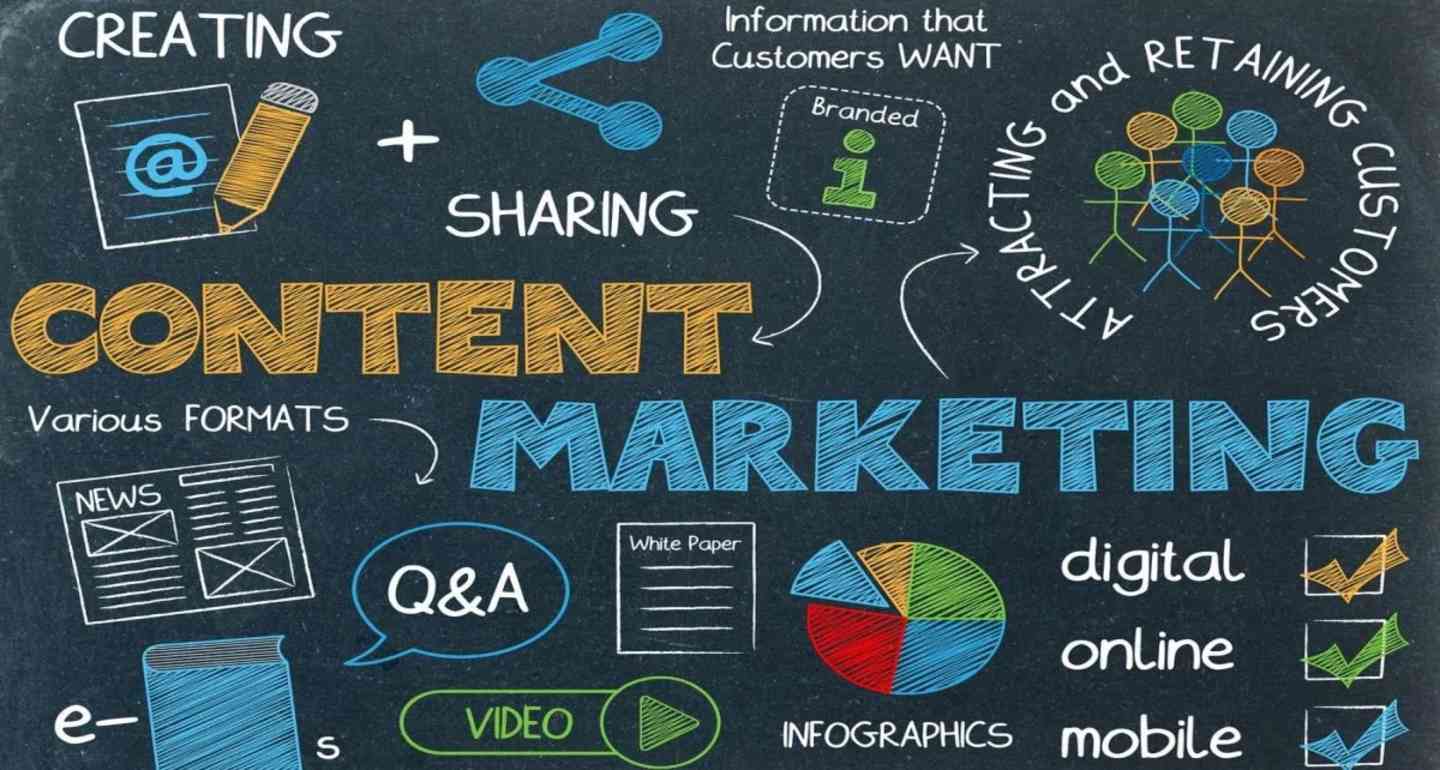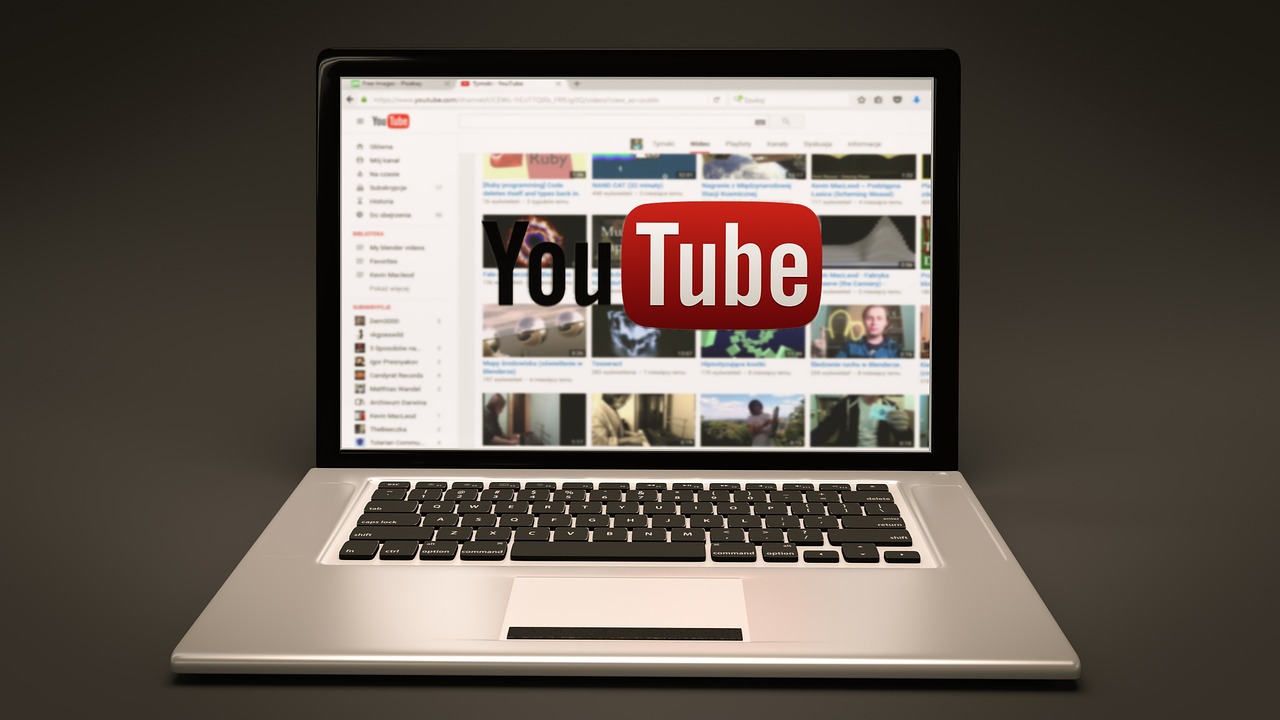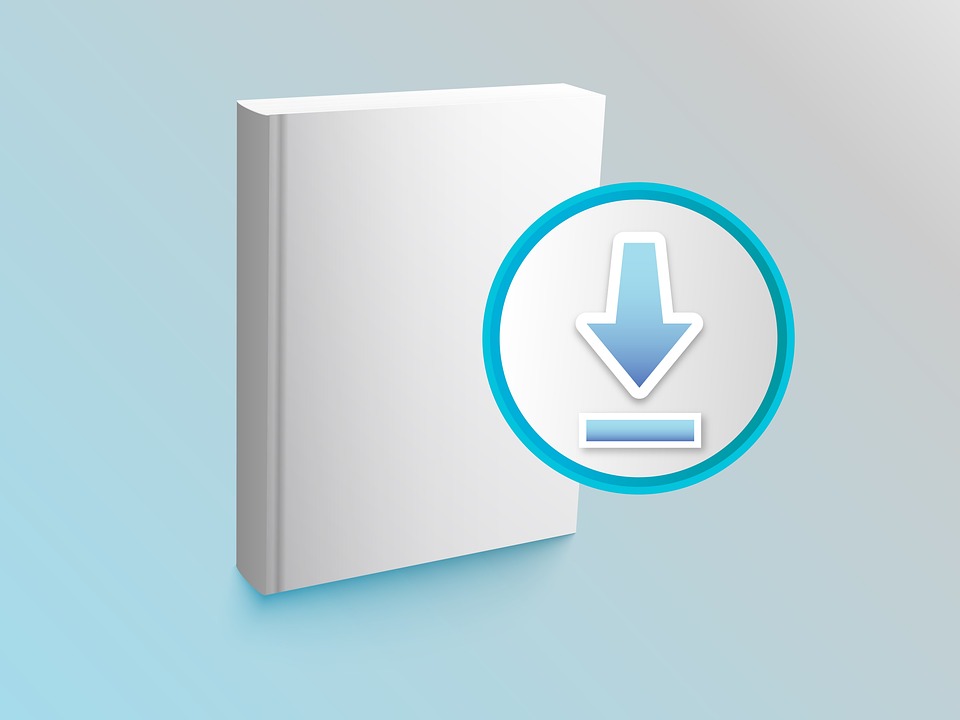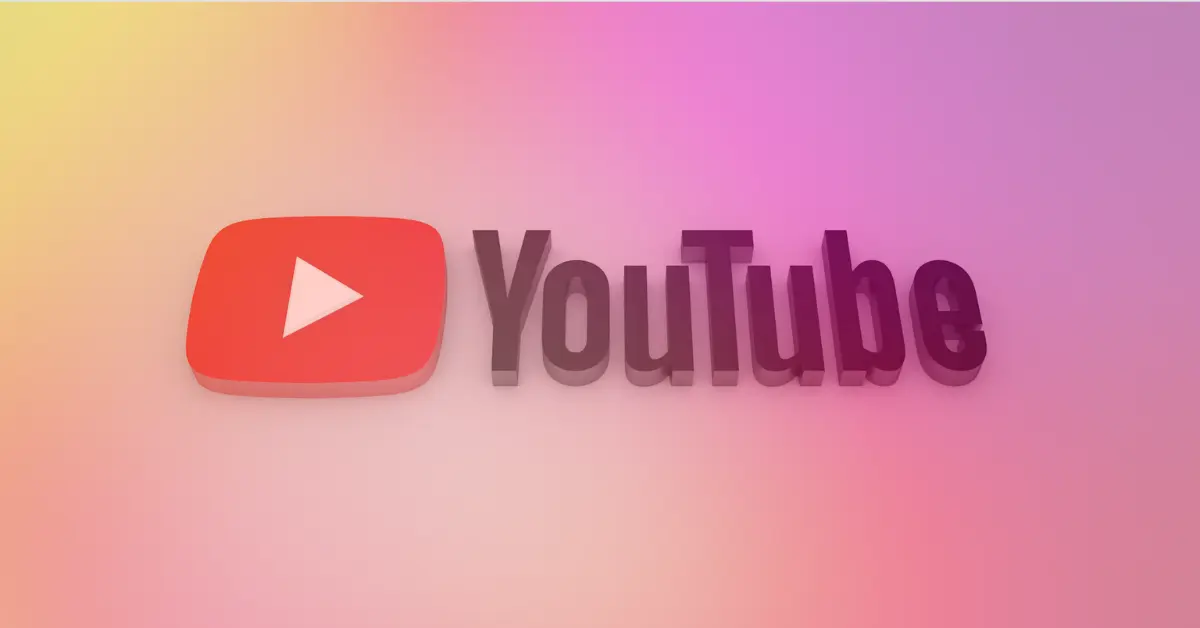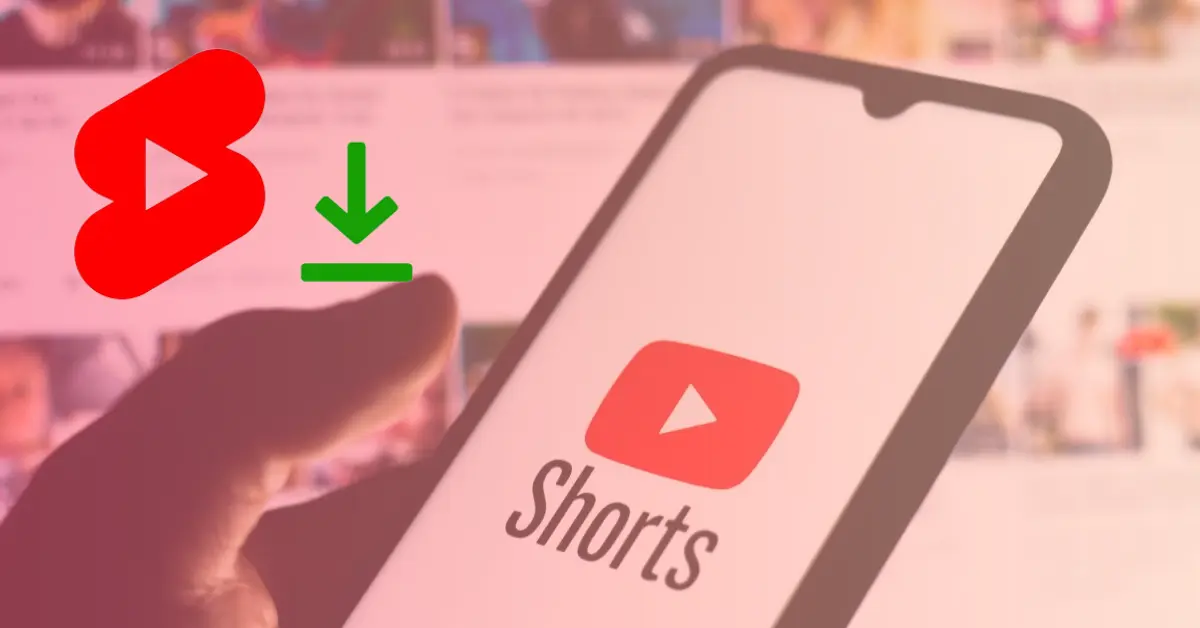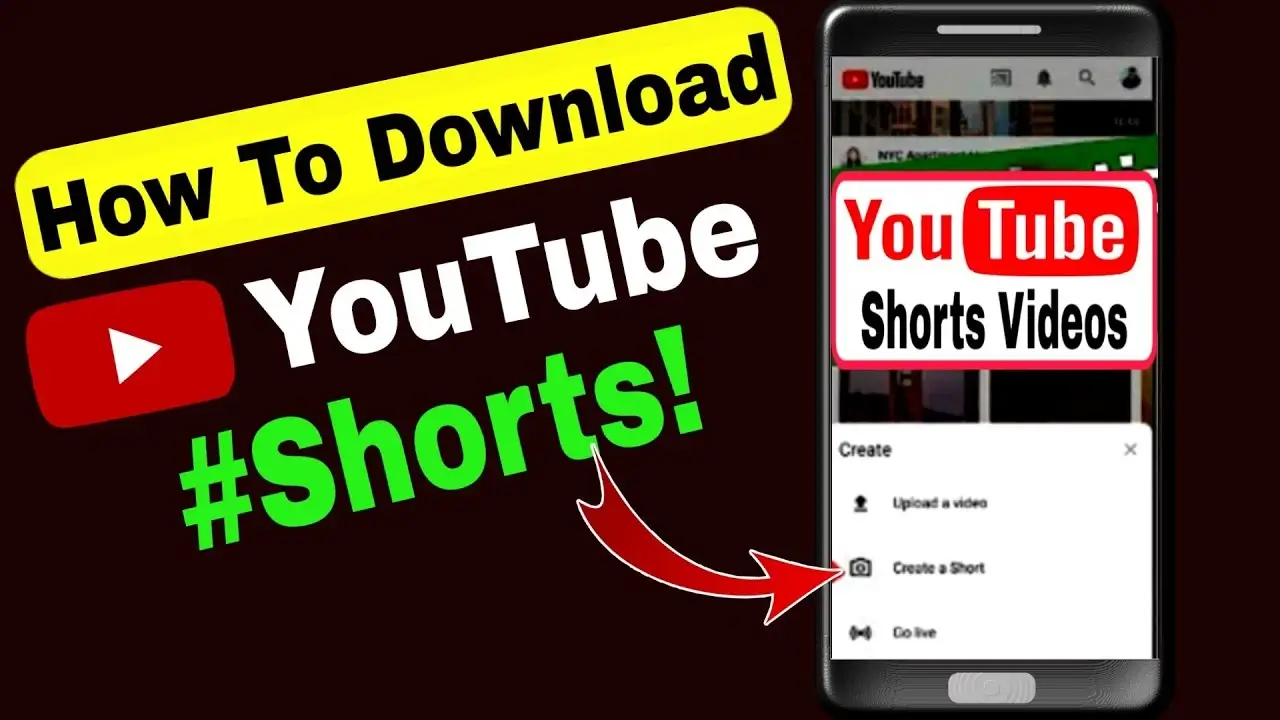Making content for YouTube Shorts can be an enjoyable and profitable activity. However, it is important to understand and respect copyright laws to avoid costly copyright claims on YouTube Shorts.
This article will walk you through the basics of copyright law and provide tips on how to make sure your short videos don’t infringe any copyrights. It will also provide some resources for avoiding common mistakes that can lead to a copyright claim.
What is a copyright claim on YouTube Shorts?
A copyright claim is a notification YouTube has received that your video infringes someone’s copyright. Claims are often made by an individual or company who owns the rights to a song, movie, or other piece of content used in your video without permission.
Copyright claims are usually made by individuals who own the rights to a song, movie, or other piece of content used in your video without permission. Copyright claims can also be made by companies that use copyrighted material for their marketing campaigns. When you get a copyright claim, your video is removed from YouTube until you dispute the claim or remove the content that caused the claim.
How do I know if my video has a copyright claim on it?
To see if your video has been claimed, do the following: Sign in to YouTube. In the top right-hand corner of the page, click your account icon > Creator Studio. Click Video Manager > Copyright notices. Look for videos that have a copyright claim next to them.
If you receive a copyright claim on one of your videos, you will see a copyright strike next to the video title on your Video Manager page. If you get three copyright strikes, your account will be terminated. When a YouTube channel receives a copyright strike, the account may be terminated if there are additional violations within 90 days.
How to avoid copyright claim on YouTube shorts
To avoid copyright issues, follow these simple guidelines:
- Use Original Content: Always create your own videos, images, and background music. Avoid reusing other people’s work.
- Film Yourself: Record your videos using a camera, smartphone, GoPro, or similar devices. Make sure there is no copyrighted background music playing while filming. If there is any, mute or remove it.
- Consider Artlist.io for Music: When editing your YouTube videos, we highly recommend using music from artlist.io. It provides a wide range of royalty-free music that won’t get you into copyright trouble.
- Youtube Videos: If you’re making Youtube Shorts from Youtube videos, export and trim them without any music. Instead, use trending audio clips available directly within the Youtube music library.
- Dealing with Copyright Claims: If you’ve mistakenly used copyrighted content and received a claim, don’t worry. Simply delete the infringing video from YouTube to keep your channel safe.
By following these guidelines, you can enjoy creating content without the fear of copyright issues and focus on building your YouTube presence.
How do I dispute a copyright claim on my video?
You can dispute a copyright claim in the following ways: Use the Copyright Notice Center. If you believe your video was claimed in error, you can use the Copyright Notice Center to file an appeal to have your video reinstated.
You’ll need to provide a copy of your original video’s AdSense ad code, which you can find in the Video Manager. You can also upload an unlisted copy of your original video (make sure to remove any AdSense ad code). If you’ve already removed the video, you can dispute a claim by providing proof that you own the copyright to the video (such as a copy of your registration certificate).
However, if a copyright claim is impacting the visibility or profitability of your video, there are steps you can take. One option is to use YouTube’s editor to trim or replace the copyrighted material. This may be troublesome if the song is playing when you are trying to talk over it.”
“On the other hand, if a copyright claim is hindering the visibility or monetization of your video, you have some options. For example, you can use YouTube’s editor to remove the copyrighted content by trimming the relevant segment or replacing it with something else. This can be a bit difficult if you are talking over the top of the music, but it is worth a try.
Checklist: How to avoid Content ID claims on YouTube Shorts
Content ID claims can be a tricky issue, but there are steps you can take to protect yourself and your channel. Follow this checklist of tips to help ensure that your content stays safe and free of copyright infringement.
- A Content ID claim is a notification that YouTube uses to identify copyrighted material in videos and take appropriate action, such as removal or monetization by the original owner.
- To avoid Content ID claims, ensure that all audio and visual elements in your video are either original creations or have proper licenses or permissions.
- Pay attention to any music playing in the background of your video. Use royalty-free music whenever possible and give credit if you use popular songs.
Identifying Copyrighted Content: If you believe that your video has been mistakenly removed due to a copyright claim, you can dispute the claim. Disputing a Content ID Claim: If your video was claimed by a third party as part of its Content ID program, follow the instructions on screen.
Creative Commons Licenses: Creative Commons is a nonprofit organization that provides free copyright licenses to creators. The Creative Commons license options allow you to share your creative work with the public in a number of ways, all without asking for permission.
Using Music in Your Videos: If you plan to use music in your videos, you need to be aware of potential copyright issues. Using Music in Your Videos: If you plan to use music in your videos, you need to be aware of potential copyright issues.
Editing and Adding Your Own Content: You can edit video clips and photos, add your own voiceover narration, or even add a soundtrack. Editing and Adding Your Own Content: You can edit video clips and photos, add your own voiceover narration, or even add a soundtrack.
Fair Use Doctrine: This doctrine allows you to use copyrighted material in a transformative way. Fair Use Doctrine: This doctrine allows you to use copyrighted material in a transformative way.
Conclusion
YouTube Shorts can be a great way to engage with your audience and create short-form content. However, it’s important to be mindful of copyright laws when creating this type of content in order to protect yourself from potential claims. Research the audio and visuals you plan on using, look for copyright-free materials, or use royalty-free music libraries when creating your Shorts. Additionally, make sure all permissions are acquired before publishing any content.
FAQs About Youtube Shorts Copyright
-
Do YouTube shorts get copyright claim?
Yes, YouTube shorts may get copyright claims. If your video contains any copyrighted material, like music or images, you may receive a copyright claim. It’s important to make sure that you have permission to use any copyrighted material in your videos before uploading them to YouTube.
-
Do copyright claims affect views on shorts?
Yes, copyright claims can affect views on shorts. When a short is claimed by a copyright holder, it may be blocked in certain countries or taken down entirely. This can reduce the number of people who are able to view the short, which in turn affects its overall viewership.
-
How do you avoid copyright on Shorts?
To avoid copyright infringement on YouTube Shorts, make sure to use only original content that you have created yourself or content that is in the public domain. Additionally, always credit any third-party content you use and obtain permission from the copyright holder if necessary. Lastly, be aware of any potential fair use issues when using copyrighted material.
-
Can I put any music on YouTube Shorts?
Yes, you can put any music on YouTube Shorts as long as it falls within the YouTube Content ID guidelines. You should also make sure that you have the appropriate licenses and permissions for any copyrighted music you upload. Additionally, be aware that YouTube may take down your video if it is found to contain copyrighted material.
